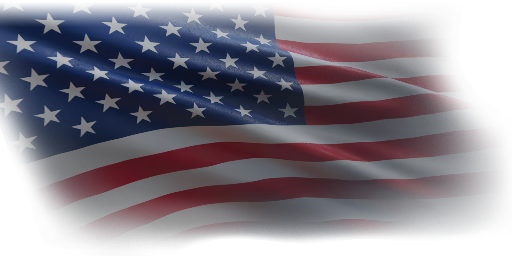
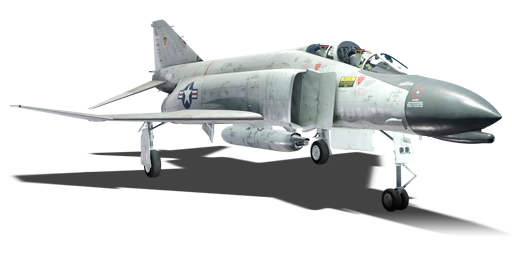


The McDonnell Douglas F-4C Phantom II is a two-seat, third-generation jet fighter-bomber and the first production variant of the aircraft for the US Air Force. Originally developed as a souped-up F3H Demon, this fighter was modified into a larger, heavier, faster fighter-interceptor/bomber that the US Navy didn't realize it needed—and when it did, it went all in. On May 27, 1963, the first production F-4C aircraft took off and exceeded the speed threshold of Mach 2 on its maiden flight. The F-4C was produced by McDonnell Douglas from 1963 to 1966 and remained in service with the US Air Force until 1989. It participated in various military operations, the most famous of which was the Vietnam War.
Introduced in Update 1.91 "Night Vision", the F-4C stands out for its excellent flight performance characteristics, namely high acceleration and maximum speed, which more than compensate for its lack of maneuverability. Additionally, the aircraft boasts an abundance of suspended weaponry for any task, whether it's air combat or ground attacks. However, this early version of the Phantom has a critical drawback: the absence of any countermeasures, which effectively leaves the aircraft defenseless against missile attacks.
flaps
flaps
flaps
brake
| Name | Weight | Slot | ||||||||||
|---|---|---|---|---|---|---|---|---|---|---|---|---|
| 57 × | 688.9 kg | 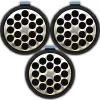 |  |  |  |  | ||||||
| 12 × | 840.8 kg | 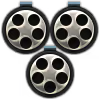 |  |  |  |  | ||||||
| 6 × | 707.4 kg | 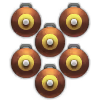 |  |  | ||||||||
| 6 × | 1,445.4 kg | 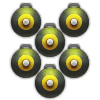 |  |  | ||||||||
| 6 × | 1,524 kg | 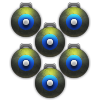 |  |  | ||||||||
| 3 × | 1,087.3 kg | 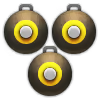 |  |  |  | |||||||
| 401.4 kg | 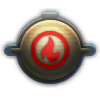 |  | ||||||||||
| 2 × | 893.6 kg | 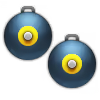 |  | |||||||||
| 893.6 kg | 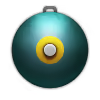 |  |  | |||||||||
| 893.6 kg | 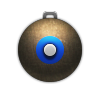 |  |  | |||||||||
| 259 kg | 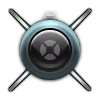 |  |  |  | ||||||||
| 614.4 kg | 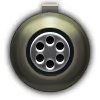 |  | ||||||||||
| 3 × | 353.7 kg | 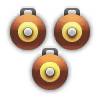 |  | |||||||||
| 3 × | 722.7 kg | 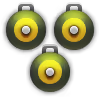 |  | |||||||||
| 3 × | 762 kg | 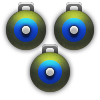 |  | |||||||||
| 3 × | 1,340.4 kg | 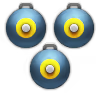 |  |  | ||||||||
| 810 kg |  |  | ||||||||||
| 72.6 kg | 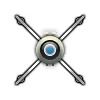 |  | ||||||||||
| 2 × | 145.1 kg | 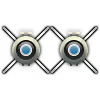 |  | |||||||||
| 2 × | 152.9 kg | 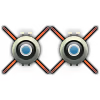 |  | |||||||||
| 182.3 kg | 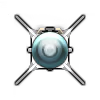 |  |  |  | ||||||||
| 5 × | 1,812.1 kg | 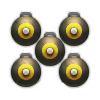 | ||||||||||
| 2 × | 802.8 kg | 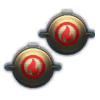 | ||||||||||
| 614.4 kg |  | |||||||||||
| Drop tank (600 gal.) | 137.9 kg | 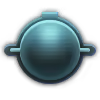 | ||||||||||












Flight performance |
|---|
Survivability |
|---|
Weaponry | |||
|---|---|---|---|